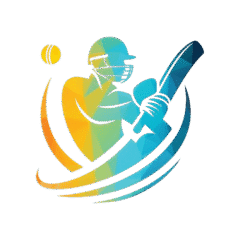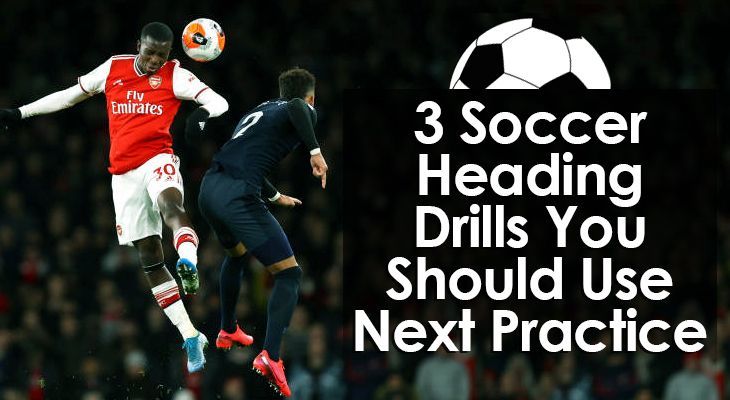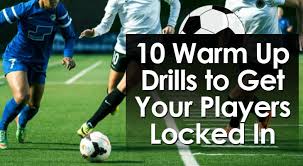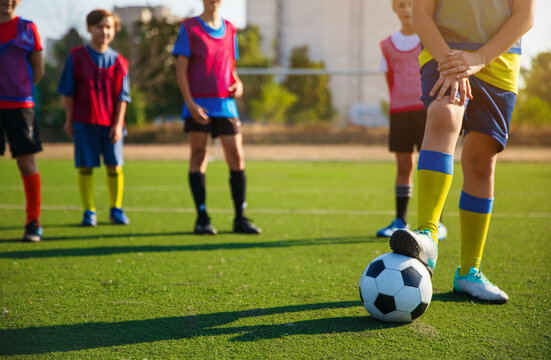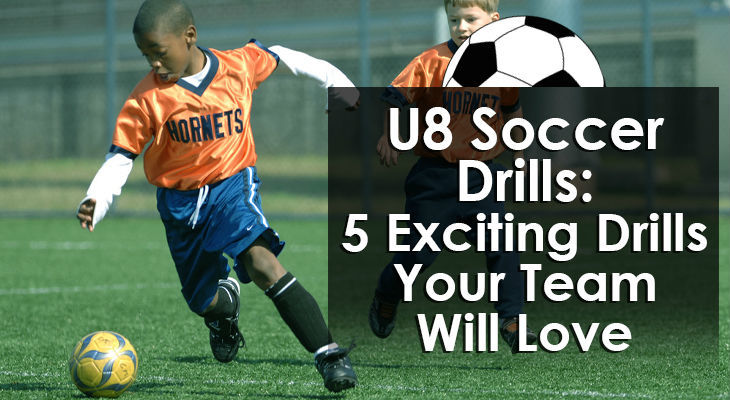5 Soccer Heading Drills to Improve Timing, Power, and Accuracy (2024 Update)
Heading the ball is one of the most powerful and underrated skills in soccer. Whether you’re defending your box, clearing danger, scoring from set pieces, or flicking on a long ball—being confident in the air gives you a serious edge.
But here’s the thing: heading isn’t just about jumping and smashing the ball. It’s a skill that requires timing, technique, body control, and awareness of what’s happening around you. That’s why it’s so important to practice heading regularly and with purpose.
In this guide, we’ll break down five highly effective soccer heading drills that will help players build strength, improve accuracy, and become more confident in aerial battles—both offensively and defensively.
Why Heading Drills Matter in Soccer
In every match, there are dozens of moments where heading comes into play—goal kicks, corner kicks, throw-ins, crosses, or defensive clearances. If you’re not prepared to challenge for the ball in the air, you’re missing out on valuable chances to make an impact.
Here’s why heading drills are so important:
- Improve technique – Prevents poor contact, missed headers, and injuries
- Boost timing and jumping – Helps you reach the ball at the right moment
- Strengthen neck and core – Adds power and stability to your headers
- Increase confidence – You won’t shy away from aerial duels when you’ve trained for them
Let’s jump into the drills that can help you get there.

1. Basic Heading Technique Drill
Purpose: Build the correct technique, posture, and control for heading.
How to Set It Up:
- You’ll need a partner or a coach to toss or softly kick the ball.
- Use a soft soccer ball or beach ball when practicing with beginners or younger players.
How to Perform:
- Stand with your knees slightly bent, feet shoulder-width apart.
- As the ball comes in, keep your eyes on it and your mouth closed.
- Use your forehead (not the top of your head) to make contact.
- Swing your upper body forward from your waist—don’t just nod your neck.
- Follow through with your arms for balance.
Tips:
- Don’t wait for the ball—attack it.
- Always time your movement to meet the ball at its highest point.
- Focus on form first, then gradually increase power.
Why It Works:
Perfecting the fundamentals of heading is crucial before moving on to advanced drills. This one’s all about consistency and safety.
2. Jump and Head Drill

Purpose: Train vertical leap, timing, and power while attacking the ball in the air.
How to Set It Up:
- Set up a cone or marker where the player will jump from.
- Have a coach or teammate toss the ball in a soft arc above the head.
- Use a soft ball if needed.
How to Perform:
- Approach the cone, plant your feet, and jump straight up.
- Time your jump so you meet the ball at its peak.
- Head the ball back toward your partner or to a specific target.
- Focus on proper body posture while airborne—knees up, core engaged.
Variation:
Use a resistance band around the thighs or hold light weights for more strength training.
Why It Works:
This drill develops explosive power and timing—essential for winning headers during set pieces or aerial duels.
3. Heading Accuracy Drill
Purpose: Improve aim and control when heading toward a specific target.
How to Set It Up:
- Use small goals, cones, or a target area marked with cones or discs.
- Stand 5–10 yards from the target zone.
- Have a partner toss or chip the ball toward your head.
How to Perform:
- As the ball comes in, position yourself to meet it squarely.
- Head the ball toward the target—aim for control, not power.
- Try different angles: straight-on, from the side, or even backpedaling.
Progression:
- Make the target smaller as you improve.
- Use both stationary and moving targets.
Why It Works:
This drill builds the ability to redirect headers accurately, especially useful for scoring from crosses or flick-ons in crowded boxes.
4. Defensive Clearances Drill

Purpose: Train defensive headers to clear danger from your own penalty area.
How to Set It Up:
- Mark a “danger zone” using cones or a penalty box.
- Have a teammate or coach send in aerial balls (throws or chips).
- Use a larger area if simulating goal kicks or corners.
How to Perform:
- Start inside the danger zone.
- As the ball comes in, time your jump and head the ball out of the zone with power.
- Focus on height and distance, not just direction.
- Communicate loudly, just like in a game: “Keeper!” or “Away!”
Variation:
- Add attackers to pressure you during the clearance.
- Practice heading while backpedaling or sprinting toward the ball.
Why It Works:
Learning how to clear your lines effectively under pressure is key to preventing goals and protecting your keeper.
5. Game-Like Heading Rondo
Purpose: Improve decision-making, timing, and heading under pressure in a realistic setup.
How to Set It Up:
- Form a square grid (10×10 yards or more).
- Place one player in the center, surrounded by 3–4 players tossing or volleying balls.
- Use soft throws, lofted passes, or quick chip-ins.
How to Perform:
- The central player must read the ball flight and head it back quickly.
- The goal is to control the ball with a header, flick it on, or redirect it accurately.
- Rotate the middle player after 1–2 minutes.
Advanced Variation:
- Add defenders in the middle to simulate aerial battles.
- Use time limits to increase pace and focus.
Why It Works:
This dynamic drill mimics real match intensity, helping players stay composed and sharp during aerial plays in open field or box situations.
Pro Tips for Better Heading Technique

- Use your forehead. That’s the flattest, strongest part of your head.
- Close your mouth and keep your eyes open. Protects you and helps you track the ball properly.
- Engage your whole body. Don’t just use your neck—use your core, arms, and legs for balance and power.
- Time your jump. Wait too long and you’ll miss it. Jump too early and you’ll mistime the header.
- Train both defensive and offensive headers. They require different angles and techniques.
Advanced Heading Variations to Try
Once you’ve got the basics down, here are a few more ideas to push your heading skills further:
- Wall headers: Bounce the ball off a wall, head it back, and repeat. Great for solo practice.
- Rebounder drills: Use a rebound net to create unpredictable ball returns for reactive headers.
- Combination headers: Pair with passing or shooting drills to build transitions.
- Header tennis: Create a mini-court and play with a teammate—only using your head!
FAQs: Soccer Heading Drills
Q: Is heading safe for young players?
A: Most organizations recommend limiting heading until around age 11–13. Use soft balls and focus on technique—not power—when introducing it to youth players.
Q: How can I improve my jump for headers?
A: Do strength training for your legs and core (squats, lunges, plyometrics). Practice jumping drills that simulate real heading movement.
Q: Should I always jump when heading?
A: Not necessarily. Some situations call for standing headers (like flick-ons), while others need power jumps (like clearing corners).
Q: How often should I train headers?
A: 1–2 times per week is ideal. It allows enough repetition to improve without overloading the neck or risking strain.
Q: What’s the best ball to use for heading practice?
A: Use size 4 or 5 balls for older players, but start with softer or foam balls for youth. Safety always comes first.
Final Thoughts
Heading isn’t just about going up and hitting the ball—it’s about reading the play, timing your movement, using proper form, and reacting under pressure. Whether you’re scoring goals, clearing the ball, or winning aerial duels, heading can turn you into a more complete and confident player.
By adding these five heading drills to your regular training sessions, you’ll build power, control, and accuracy—all while reducing the risk of injuries through better technique. The more you practice, the more natural headers will feel in real-game situations.
So grab a ball, partner up (or go solo with a wall or net), and start training your heading game. Because when that perfect cross flies in, you want to be the one who meets it with purpose—and buries it in the back of the net.
